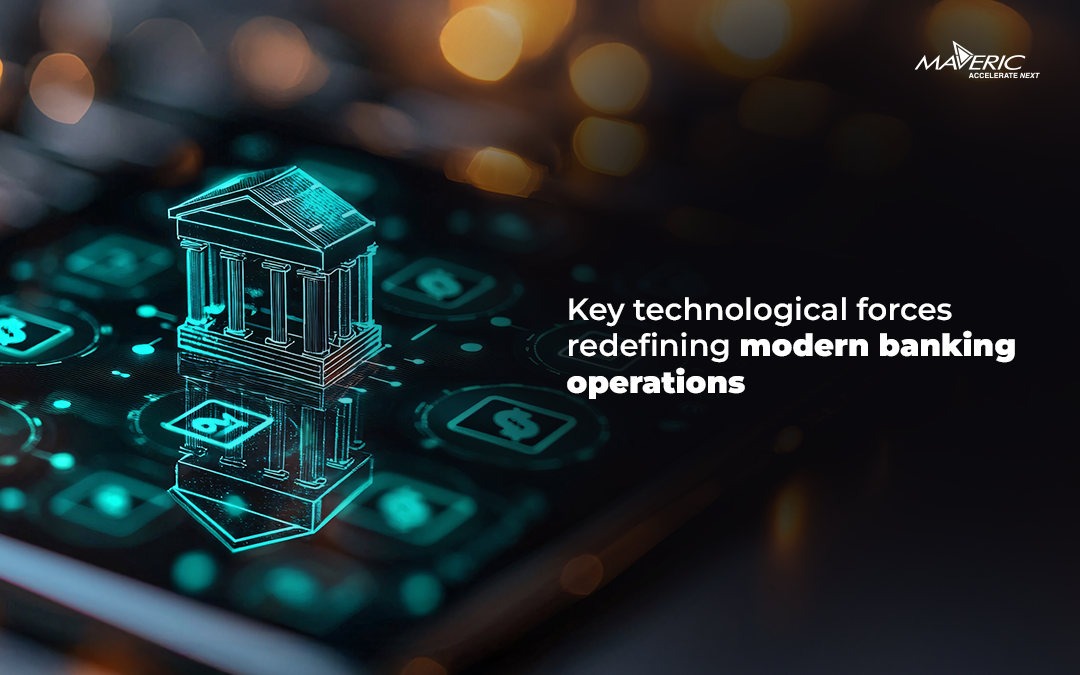The latest wave of disruptions that banks have to contend with is preparing to compete successfully in digital banking. Financial services experiences are becoming more hyper-personal, putting more pressure on banks to use technology and data to satisfy their customers. For instance, a 2021 McKinsey survey found that 71% of consumers anticipate customization from companies and brands, and 76% of those consumers become irate if they don’t get it.
In today’s digital-first environment, incumbent banks that want to transform into digital banks will be more successful if they model their strategies and capabilities after top tech firms like Google and Amazon rather than after conventional banking activities. This entails developing and upgrading their technology platforms with the most recent developments, employing the top developers, and fast launching new products and improving them over time in light of user insights.
Best Practices for Creating Memorable Digital Customer Experiences
- Get more insightful comments: To ensure representative feedback, legacy FIs must collect feedback along each step of the customer’s journey, consider the factors that influence their experience, and refine their strategy. To prevent any one consumer from becoming overwhelmed, this entails asking various customers about various aspects of their experiences.
- Embrace advanced analytics, operational and financial data, and “customer voice” integration: Join customer-specific operational and financial data, such as their digital footprints, contacts with other channels, product consumption, cost-to-serve data, and revenue data, to feedback from specific consumers. Use “journey analytics” (i.e., combining various channel interaction data to provide a comprehensive picture) and increasingly predictive analytics to tell the whole narrative (for example, to infer sentiment for the vast majority of customers who do not respond to surveys).
- Examine data to gain two types of insight: First, pinpoint the areas where customer experience adjustments will lead to new customer behavior that adds incredible value. Second, identify “breakpoints”—spots along the journey where altering a particular aspect of the experience will significantly alter the final result.
- Using data to enhance personalization and consumer engagement: Importantly, banks have a distinct advantage over Big Tech in terms of client involvement and data, but they have yet to realize the full potential of these resources. Banks will need a comprehensive data infrastructure to support data collection, storage, and advanced analytics, as well as a digital marketing engine to transform analytical insights into personalized messages that anticipate specific customer needs and intentions if they are to compete for data on an equal footing with technology companies.
- A state-of-the-art technology stack to lower expenses and accelerate innovation: Each of the key business models for retail banking requires an IT infrastructure that can accommodate wide fluctuations in demand for streaming and processing power and supply new solutions through quick innovation cycles. Choosing which infrastructure components should be developed in-house to strengthen competitive differentiation and which ones can and should be outsourced to lower the cost and the risk of service interruptions associated with updates and upgrades is the main challenge in designing the new architecture.
- A flexible operational approach to adapt to rapidly evolving markets: By implementing an agile operating strategy and assembling the ideal people and skill set, winning banks may develop speed as a critical competitive advantage.
Conclusion
Digital Experience Platforms (DXP) vendors are refining their product lines to offer a wider variety of SaaS-based solutions. As customers have high expectations for their experiences, FIs must consider future-ready technologies like augmented and virtual reality, crypto, and the metaverse.
The main goal of digital customer experience is to make your company’s operations modern and frictionless. The effectiveness and efficiencies will follow when investments are made in the latest digital technologies, such as chatbots, live chat, IVR, video chat, omnichannel support, etc. As future customers, the digital- or mobile-first millennials, increase in number, digital customer experience will assume top priority.
About Maveric
Starting in 2000, Maveric Systems is a niche, domain-led Banking Tech specialist partnering with global banks to solve business challenges through emerging technology. 3000+ tech experts use proven frameworks to empower our customers to navigate a rapidly changing environment, enabling sharper definitions of their goals and measures to achieve them.
Across retail, corporate & wealth management, Maveric accelerates digital transformation through native banking domain expertise, a customer-intimacy-led delivery model, and a vibrant leadership supported by a culture of ownership.
With centers of excellence for Data, Digital, Core Banking, and Quality Engineering, Maveric teams work in 15 countries with regional delivery capabilities in Bangalore, Chennai, Dubai, London, Poland, Riyadh, and Singapore.











